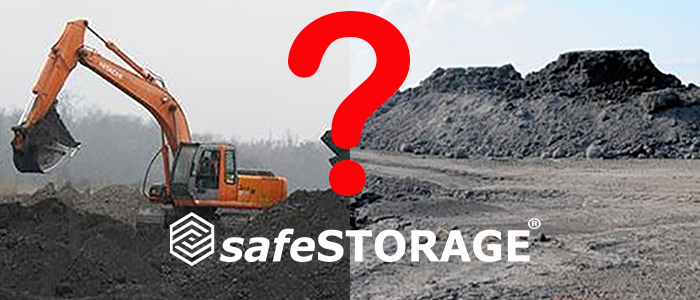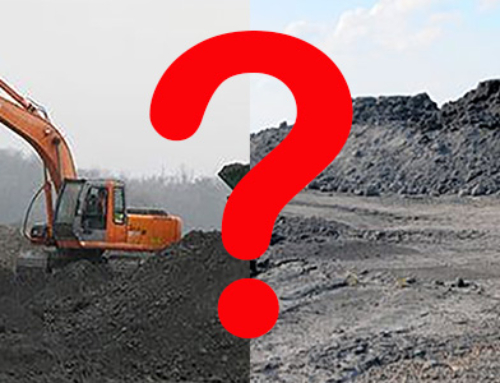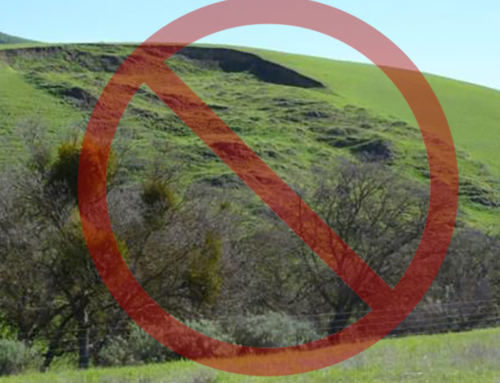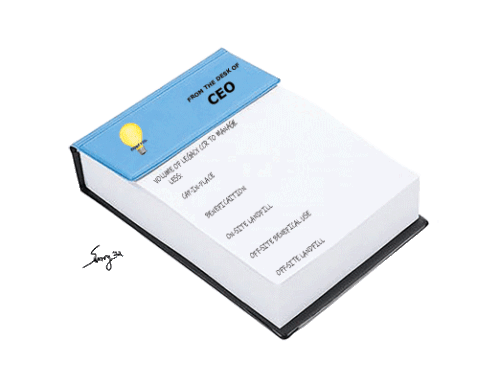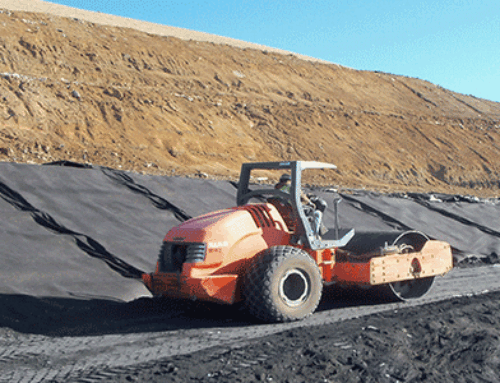The CEO in the corner office of any large organization has a lonely existence.
CEOs of utilities may feel even more isolated – but it’s not mandatory.
The energy industry is steadily evolving beyond fossil fuels and shifting to more renewable and sustainable sources. This is fantastic news for the planet, but before this transformation can be complete, we must address the fossil fuel legacy of nearly 2 billion tons of coal ash stored in inefficient and environmentally perilous ways all over the United States.
The buck for this state of affairs sits squarely on the desk of the utility CEO, while the pressure to provide answers pours in from all directions: political forces, environmental groups, ratepayers, internal managers, the board of directors and major investors.
Large companies usually establish methods and infrastructure with adequate manpower and resources to handle legacy CCR issues. But as new methods come to the market to deal with CCR more efficiently — yes, it happens — existing infrastructure may find itself calcified, too set in its ways. (“This is how we’ve always done it.”) Instead of being able to nimbly change course and adapt, it fractures or even collapses under the pressure.
Early CCR deposition strategies have relied on the “Cap-In-Place” method. However the science behind it, which CEOs and their teams have traditionally believed to be “the safest” is, in fact, unable to support the environmental and business risks that approach entails.
The first — and easiest — question a CEO might ask is, “Is there another one solution to fit all?”
The answer to that is easy. It’s no. (That was destroyed in the last Avengers movie.)
Without another simple strategy like good old out-of-sight-out-of-mind cap in place, the next logical area to explore is hybrid approaches.
It’s the way of today and the future to pursue multiple solutions that all contribute to the goal of proper CCR deposition.
The good news is that CEOs who can present multiple solutions to their boards, internal managers and external stakeholders dramatically increase their negotiating power and chances of success by having more than one card to play.
It seems hard to believe that groups around the country have been wrestling with this issue of what to do with legacy CCR for almost 11 years. The nation is making progress. We’ve realized that cap in place is virtually never the answer, and we’re developing alternatives. However, most of the work is yet to be done, and dealing with 2 billion tons of anything can take decades, but we have to start somewhere.
CEOs have the resources, tools and stature to jump-start any CCR deposition project by considering all their options so they can guide stakeholders toward wise decisions and action.

Next, we’ll step away from the corner office and consider the perspective of stakeholders who have been locked in CCR trench warfare for over a decade.
